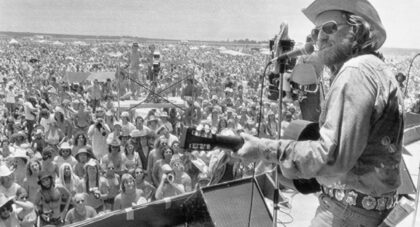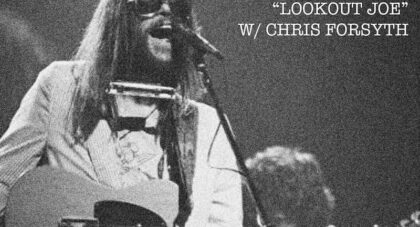If you had to pick one album that encompasses the awesomely eclectic nature of Yo La Tengo’s vision, 1997’s I Can Hear The Heart Beating As One is your best bet. It’s got it all (almost), careening from crunchy noise-pop to spacey ambient, from free-form experimentalism to delicate balladry, from homespun electronica to blown-out Beach Boys covers. Somehow, the band fits all these puzzle pieces together, creating a masterful whole. The double LP’s closer aside, this isn’t a little corner of the world, it’s an entire galaxy . . .
Only the good shit. Aquarium Drunkard is powered by its patrons. Keep the servers humming and help us continue doing it by pledging your support.
To continue reading, become a member or log in.


